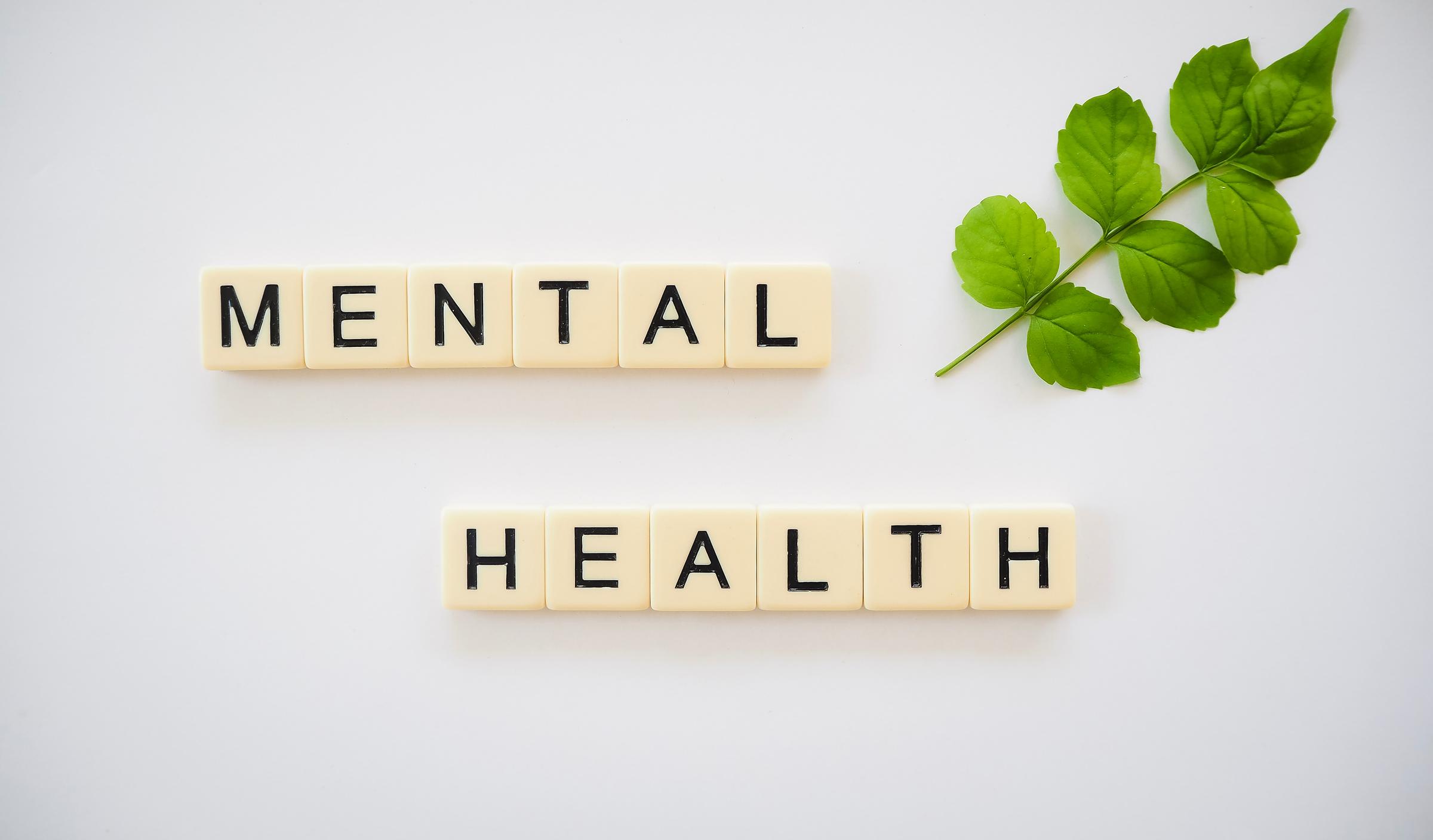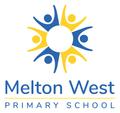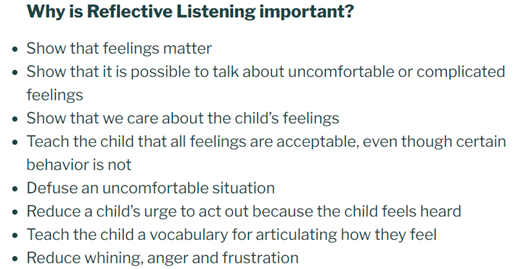Mental Health & Wellbeing Report

“If you have good thoughts, they will shine out of your face like sunbeams, and you will always look lovely!” – Roald Dahl
Dear Parents and Carers,
Throughout their primary school years children will go through many stages of making friends and along the way they will also experience conflict. It is very ‘normal’ for children to experience conflict from time to time as this a way of children discovering what works with their friends and what doesn’t, put simply children are developing their social and emotional skills. Some children may get confused when they have a disagreement or conflict with another person and may call this bullying. Unfortunately, the word bullying is thrown around way too often, and is substituted for conflict in conversations both at school and home. Whilst bullying is not something to shy away from, it is important for all of us to understand the difference between the two. A simple way to differentiate between ‘CONFLICT’ and ‘BULLYING’ is to think about the incident.
- Is it a misunderstanding? – This is usually problems around communication.
- Is it a disagreement? The two parties do not agree on something, and both want their own way.
- Conflict – the people involved usually want to solve the problem although solving the problem can take some time if not sorted properly initially.
- Bullying – the behaviour is threatening, repetitive, targeted, deliberating wanting to harm, abusive, no attempt to resolve the issue.
If your child does experience conflict, this is a wonderful teaching moment to guide them and help them learn about how to get along with others. Sometimes children can resolve conflict themselves, particularly as they grow up but when they are young they still need guidance, and most importantly emotional support. The best way to give emotional support is to use ‘reflective listening’. When we practice this type of listening, we listen to the content of what they are saying and listen for the emotion, and then we reflect back what they are saying. For example, it sounds as though that really frustrated you when you did not get to play your game”. We can then try to help them problem solve the situation by giving them opportunities to brainstorm a solution or some strategies to use without stepping in too early to solve it for them.
Conflict can teach kids the following:
- How to give and take
- How to come to an agreement
- How to compromise
- How to solve problems
- To build empathy
- To understand others and their needs
- How to get along in a group
- How to develop successful, loving and healthy relationships as adults.
Resource: www.parents-central.com/2012/the-skill-of-reflective-listening/
Resource: www.peacefulkids.com.au
“In the middle of difficulty lies opportunity.” – Albert Einstein
Kind Regards,
Vanessa Moore
Mental Health and Wellbeing Coordinator (MHWC)


